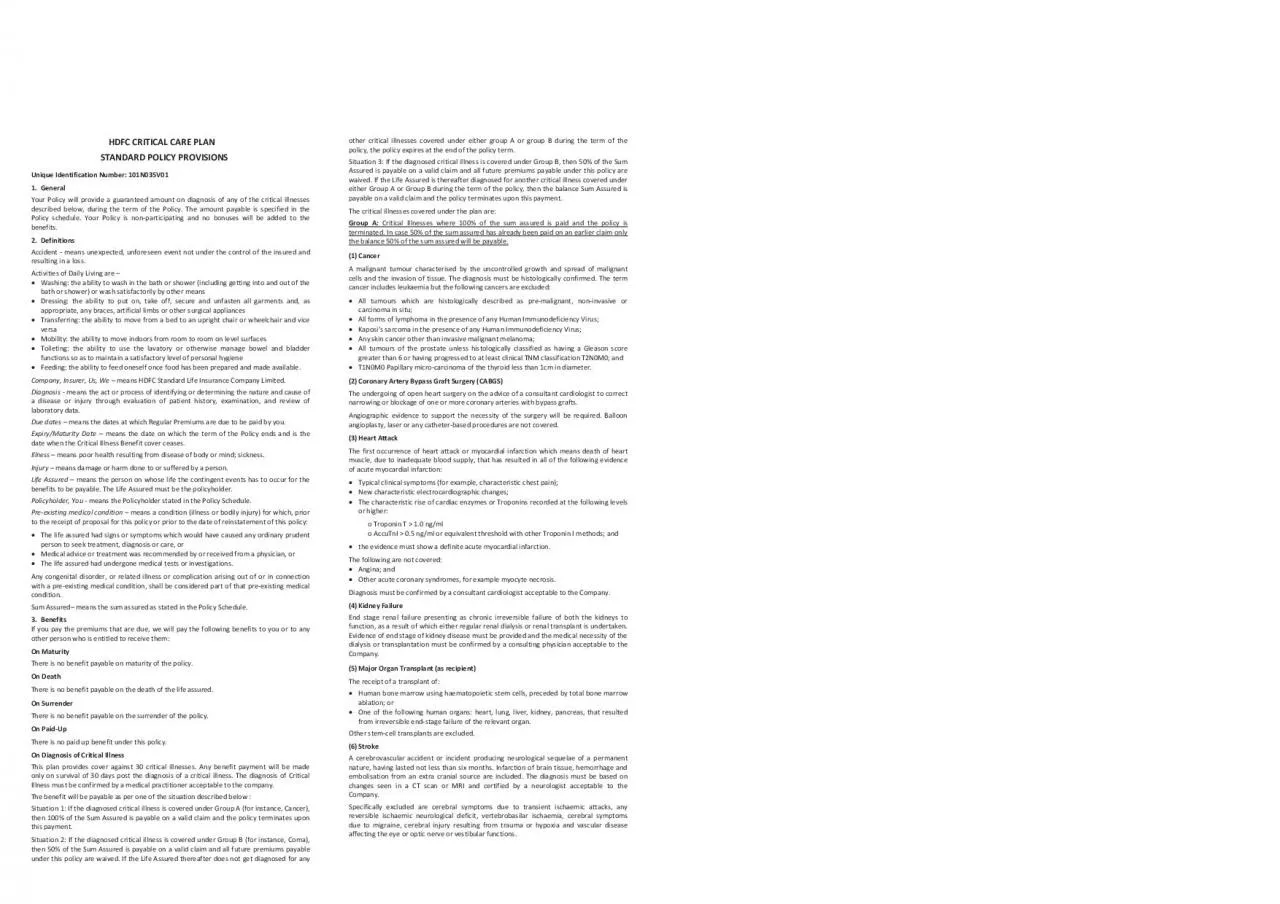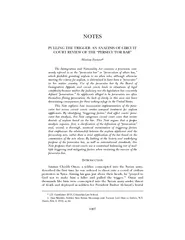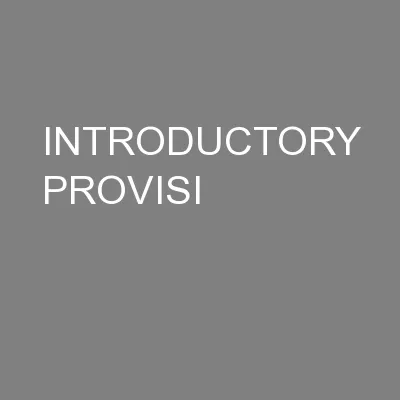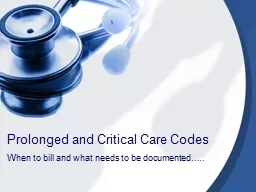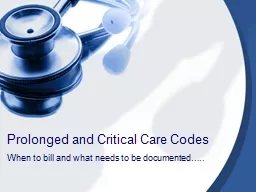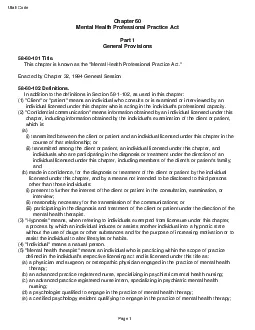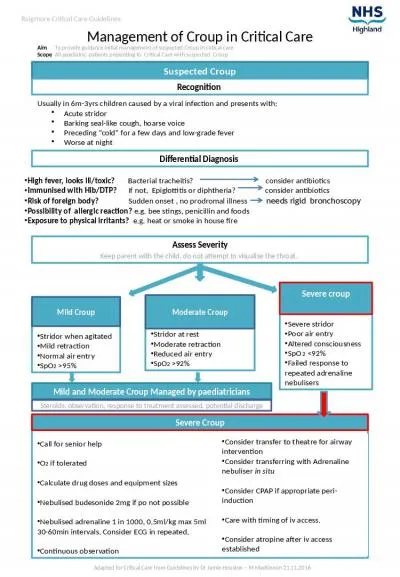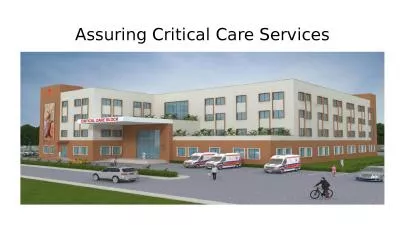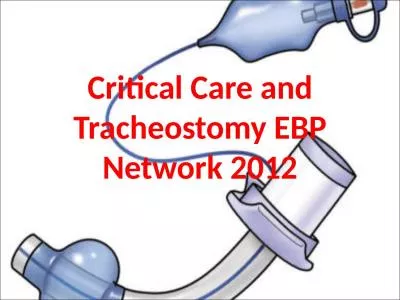PDF-HDFC CRITICAL CARE PLAN STANDARD POLICY PROVISI
Author : bella | Published Date : 2022-08-21
terminated In case 50 of the sum assured has already been paid on an earlier claim only the balance 50 of the sum assured will be payable 1Cancer A malignant tumour
Presentation Embed Code
Download Presentation
Download Presentation The PPT/PDF document "HDFC CRITICAL CARE PLAN ..." is the property of its rightful owner. Permission is granted to download and print the materials on this website for personal, non-commercial use only, and to display it on your personal computer provided you do not modify the materials and that you retain all copyright notices contained in the materials. By downloading content from our website, you accept the terms of this agreement.
HDFC CRITICAL CARE PLAN STANDARD POLICY PROVISI: Transcript
Download Rules Of Document
"HDFC CRITICAL CARE PLAN STANDARD POLICY PROVISI"The content belongs to its owner. You may download and print it for personal use, without modification, and keep all copyright notices. By downloading, you agree to these terms.
Related Documents

